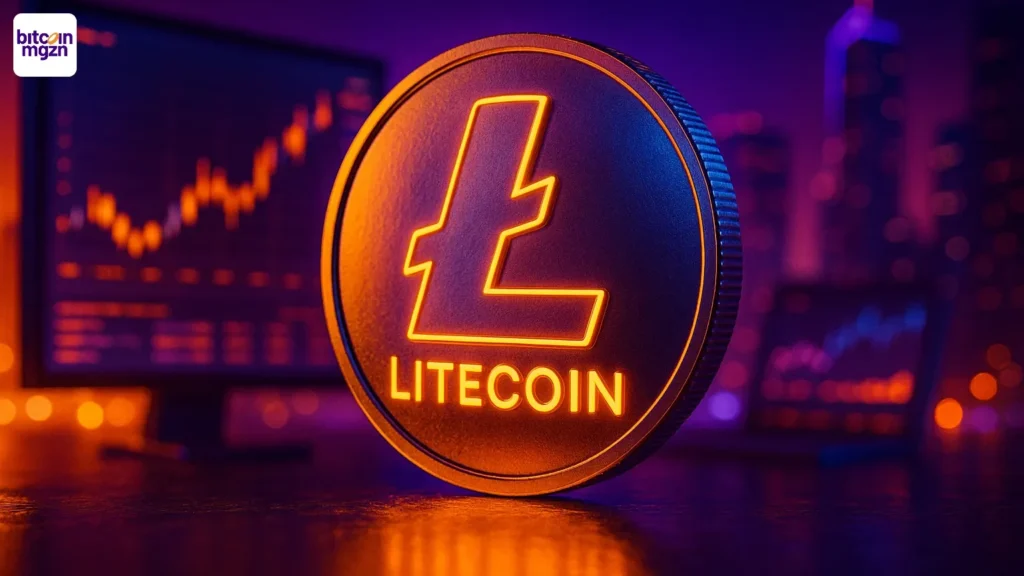According to the Quantum Doomsday Clock, quantum computers could potentially break Bitcoin’s (BTC) encryption by March 8, 2028.
The quantum threat is more than a technical hurdle. It has a profound impact on digital assets and threatens the privacy of individuals relying on Bitcoin for financial freedom.
Sponsored
Sponsored
BTC Encryption Faces Deadline: Quantum Computers Near Breaking Point
The Quantum Doomsday Clock project has proposed a deadline for when quantum computers may gain the power to break modern encryption. According to the project, quantum machines need just 2 years, 4 months, and 2 days to reach the number of logical qubits needed to compromise Bitcoin and other cryptocurrency security.
The research also highlights exact qubit requirements: breaking RSA-2048 requires 2,314 logical qubits, RSA-4096 needs 3,971, and ECC-256 demands just 1,673 qubits. These calculations rely on surface code error correction, with estimated error rates ranging from 10^-3 to 10^-5.
They also consider the relationship between physical and logical qubits. Improvements in quantum error correction could further accelerate the timeline.
The project cites foundational research by Gidney & Ekarå (2021), Chevignard et al. (2024), and Hyeonhak & Hong (2023). Once enough qubits are achieved, cryptographic attacks could run in hours or days.
The analysis also notes that pay-to-public-key-hash (P2PKH) Bitcoin wallets, which use unused public keys for each transaction, may enjoy a brief additional safety window. However, systems that continue relying on current cryptographic standards will eventually need to transition to post-quantum protocols to remain secure.
Sponsored
Sponsored
Experts Warn of Rising Quantum Threat to Bitcoin
Meanwhile, this is not the first time experts have raised alarms over the growing risks of quantum computing for Bitcoin. In October, IBM CTO Michael Osborne told BeInCrypto that quantum risks to Bitcoin’s cryptography are growing faster than expected.
IBM’s Starling project aims to build a fault-tolerant quantum computer by 2029, which could threaten Bitcoin’s cryptography. David Carvalho, CEO of Naoris Protocol, warned that rapid progress in quantum computing could break Bitcoin’s security within 2–3 years.
Similarly, Solana co-founder Anatoly Yakovenko has cautioned that the network must migrate to quantum-resistant cryptography within five years to avoid potentially severe breaches.
As the quantum threat intensifies, tech firms are working diligently to develop quantum-resistant infrastructure. Last month, BTQ Technologies announced the first successful demonstration of a quantum-safe Bitcoin implementation using NIST-standardized post-quantum cryptography.
The project, called Bitcoin Quantum Core 0.2, replaces Bitcoin’s current ECDSA signatures—which are vulnerable to quantum attacks—with ML-DSA, a NIST-approved digital signature algorithm. This aims to protect the $2 trillion Bitcoin market from quantum attacks.
Thus, it’s clear that a quantum-enabled future is imminent, not theoretical. Blockchain projects, tokenization platforms, and decentralized finance ecosystems must move quickly to secure cryptography or risk obsolescence. The challenge is clear: the Bitcoin community must coordinate its migration to quantum-safe technology before it is too late.
Source: https://beincrypto.com/bitcoin-quantum-threat-countdown-warning/


